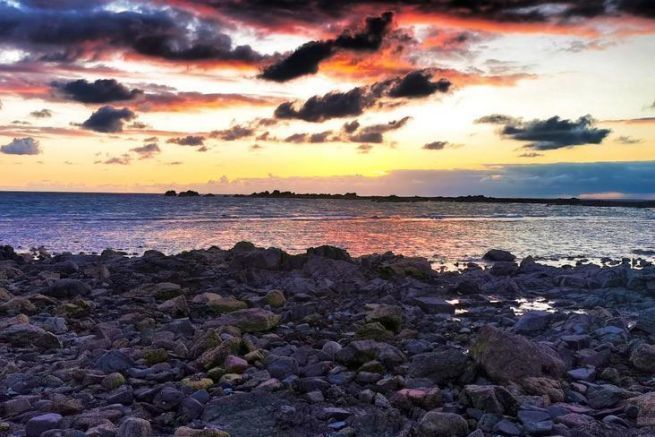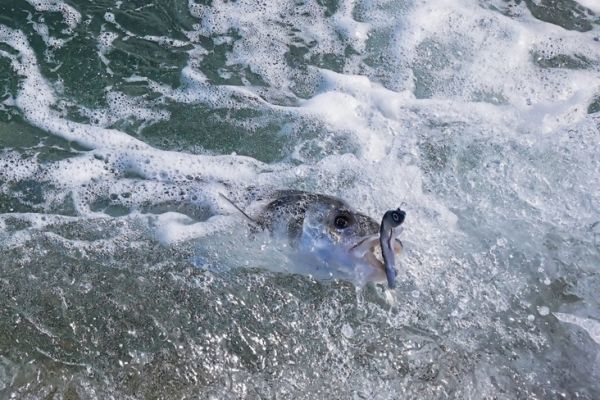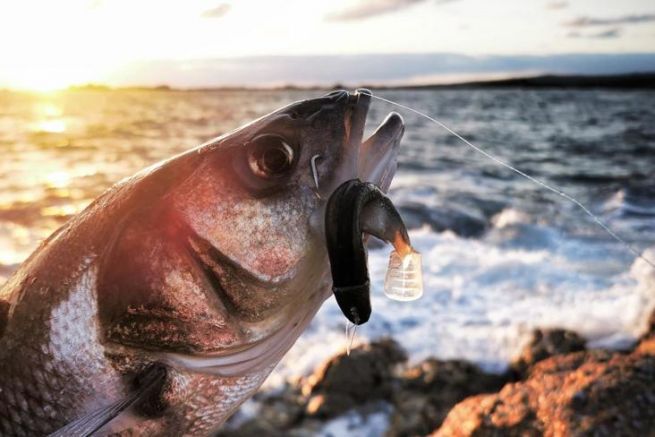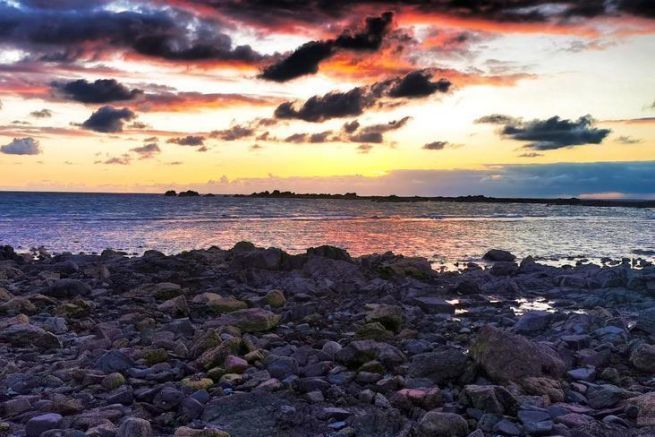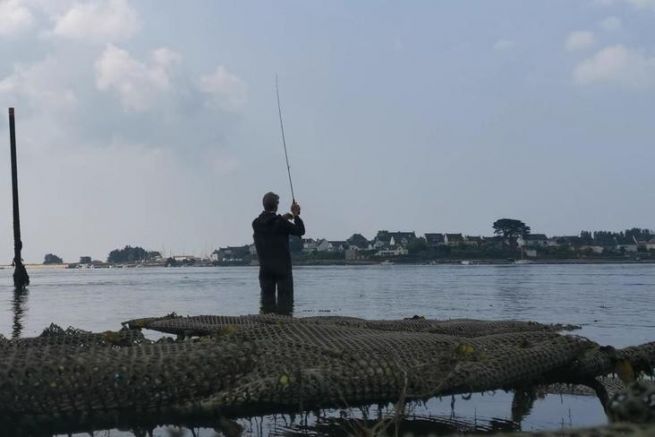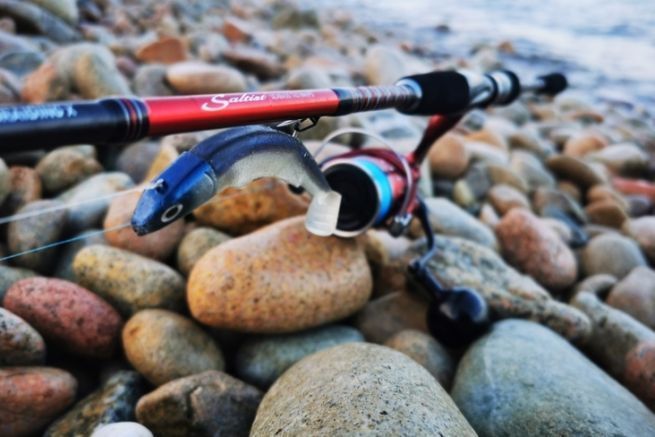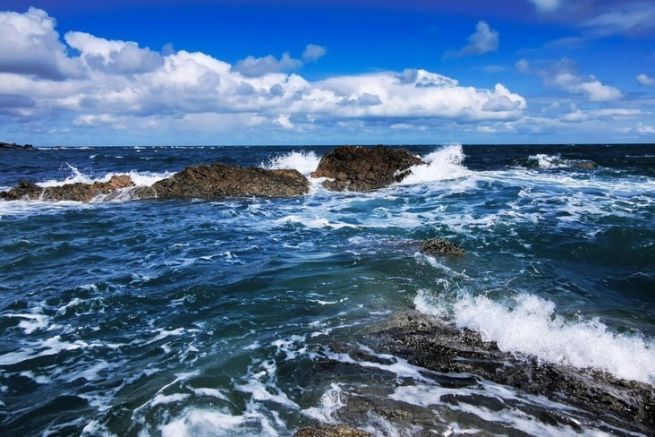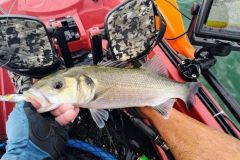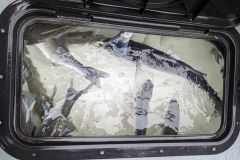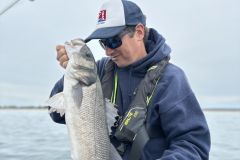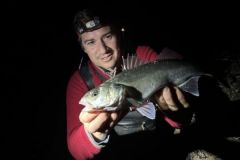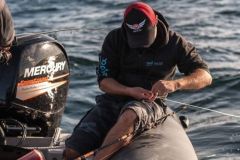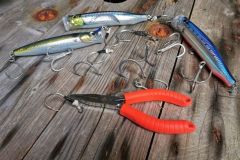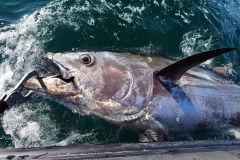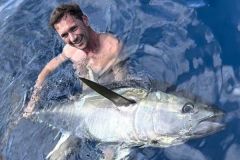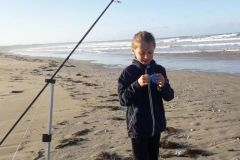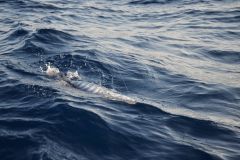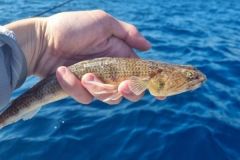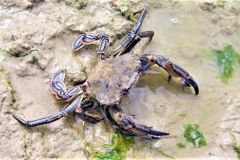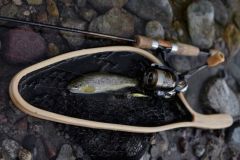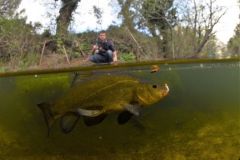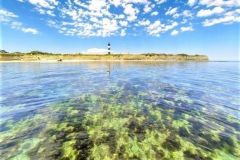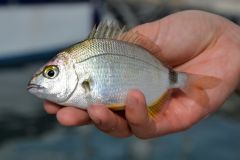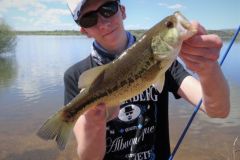You can be an excellent technician, have a box full of the "best" lures, if you fish a spot empty of bass, you can be sure to come back empty-handed. The most important thing in fishing, whatever one says, is above all to be in the right place at the right time and this depends on several factors that it is necessary to understand.
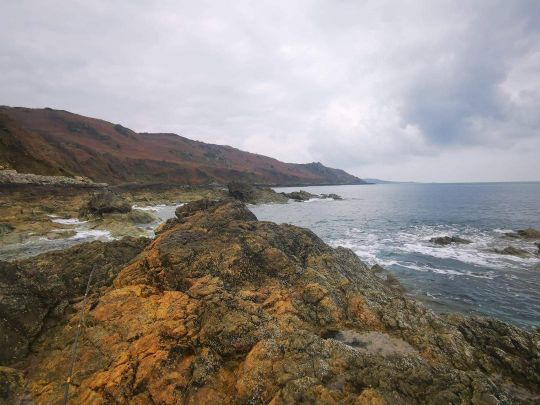
2 primary instincts
Sea bass do not stay in one place by chance and their holding area at a given moment depends on two primary instincts: feeding and survival! Thus, sea bass will alternate their comings and goings in their living space between areas providing cover and others providing shelter. Then, in feeding phase, they will colonize the nourishing water veins, the structures concentrating food, the particular substrates in which their prey live, etc.
At another time, when they are in a resting phase, they will look for reassuring areas. The factors limiting stress are depth, calmness of the banks and surface, turbidity of the water, shade or fishing pressure. Beyond that, the oxygen supply via the current or the mixing of the water is determining in the holding areas of this fish, especially during hot periods.
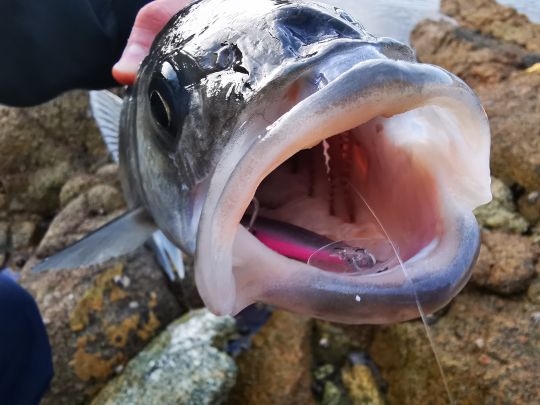
Hunting comfort
If the two primary instincts mentioned above determine the position of sea bass, their state of activity depends on other parameters which offer an important hunting comfort, i.e. the possibility of capturing its preys as easily as possible.
Thus, all factors that favor the suspension of different preys (invertebrates for example), their activity or constituting a handicap in their movements, and thus their escape, invite the bass to feed.
In addition, any factor that makes bass invisible and inaudible will be exploited by this predator.
It is thus easy to understand that the swell, the backwash, the darkness, the relief, the wind, the cloud cover, etc. are all elements that come into play in the activation of the bars.
The right balance
So, without even mentioning the problem of tides and coefficients, to succeed in fishing and to be in the right place at the right time, you have to find the right balance between these three parameters. The priority instinct of the moment and the situation of the spot (structural and temporal) condition the presence of sea bass and their activity on a specific spot at a given moment. In this context, it is necessary to keep in mind that a spot is sometimes a spot only in a very precise situation. Outside this framework, there will not be enough food, too much stress or insufficient easy hunting opportunities.
Thus, a sea wind creating swell or wrinkling the surface of the water, an overcast sky or the extremities of the day are contexts at the same time reassuring and offering favorable hunting conditions which it will be necessary to exploit.
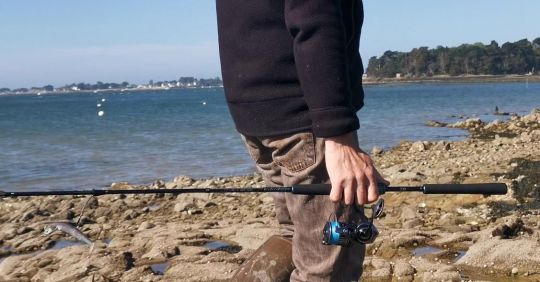
Where to look?
From the shore, the spots for sea bass fishing are numerous. You can fish particular structures such as rocky points, rocky drop-offs, bays, dykes, oyster beds or shellfish beds, or even better, prospect for particular substrates, and in particular, variations of substrates and edges. You can also fish schools of forage fish in open water or particular reliefs such as emerging rocks, rock corridors or basins. If the whole is exposed to the current then banco!
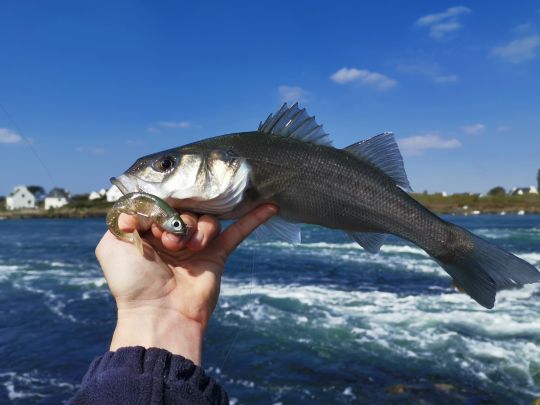
The day
If we have described the context for locating bars in a general way, on the scale of an outing, it is essential to select the right spots in your repertoire. In this case, three specific skills will make your outings a success:
- The experience
- The observation
- The preparation
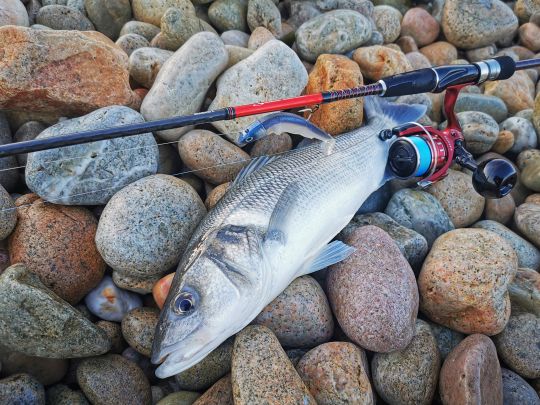
Prepare and activate your knowledge
If experience will allow you to determine (sometimes unconsciously) the most productive spots at a specific time of the season or in particular conditions, preparation is fundamental. The experience, or at least the amount of knowledge, is also sometimes found in a simple fishing logbook...
Choosing a spot means taking into account the time of the tide and its coefficient, the weather and especially the cloud cover, the wind strength and direction and the time of day. But it is also to cross-check the information of your previous outings or those you can glean from social networks or the local zinc.
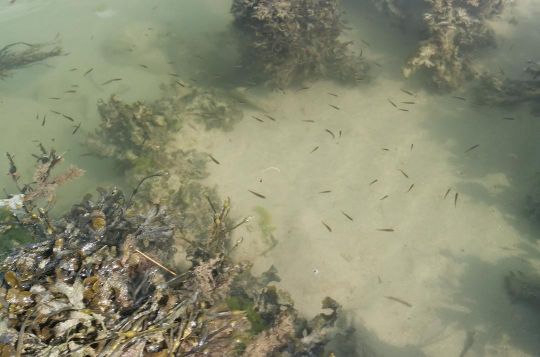
Observe
If there is one essential thing that we too often forget, blinded by our knowledge that we sometimes consider as certainties, it is observation! On D-Day, at the water's edge, open your eyes and look for clues, observe the birds, the small fishes that flee on the surface, the life on the area, or even simply the sea bass that feed on the edge. Also look at the water and try to read it, to detect a particular water vein or eddy.

 /
/ 